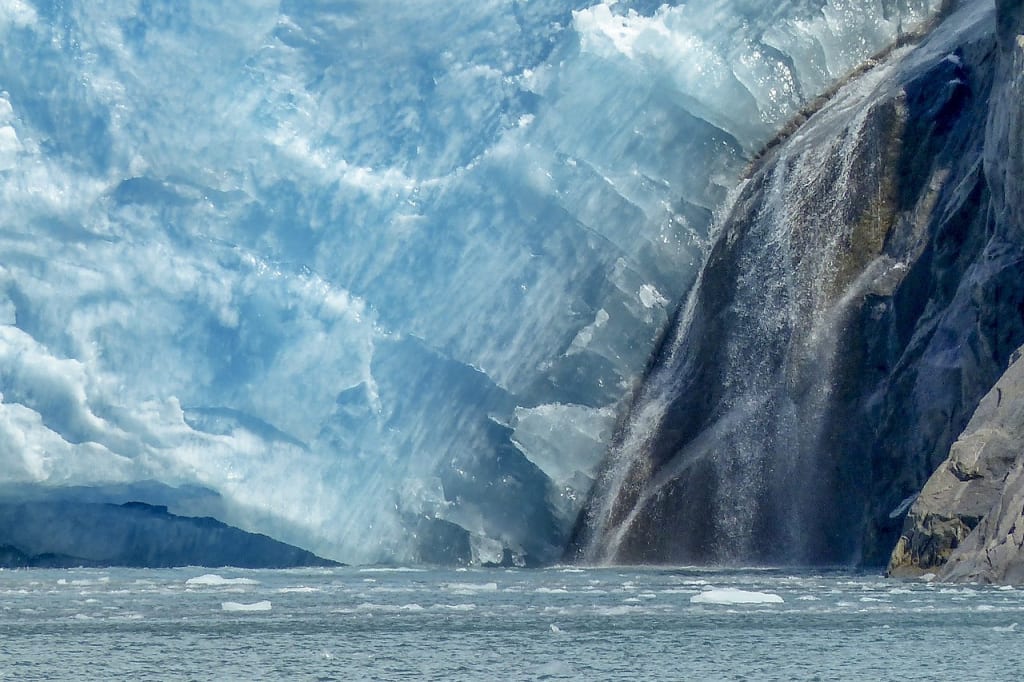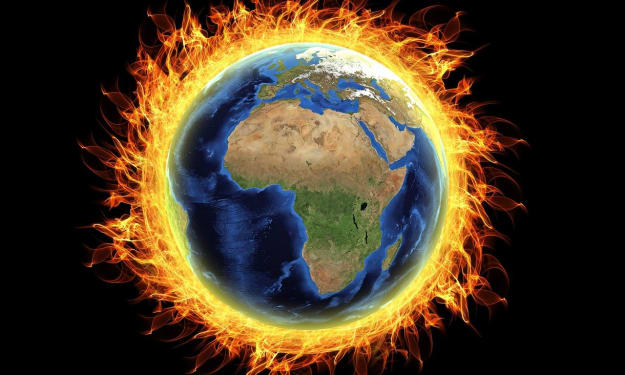
Climate change refers to long-term shifts in temperatures and weather patterns on Earth. It is primarily caused by human activities, such as the burning of fossil fuels and deforestation, which release greenhouse gases into the atmosphere. These greenhouse gases, including carbon dioxide, methane, and nitrous oxide, trap heat from the sun and prevent it from escaping back into space. This leads to a gradual increase in global temperatures, known as global warming.
The consequences of climate change are far-reaching and impact various aspects of our environment and society. Rising temperatures contribute to the melting of glaciers and polar ice caps, resulting in rising sea levels. This poses a threat to coastal communities and ecosystems, as well as increasing the risk of flooding and coastal erosion.
Climate change also affects weather patterns, leading to more frequent and intense extreme weather events such as hurricanes, heatwaves, droughts, and heavy rainfall. These events can have devastating impacts on communities, causing damage to infrastructure, agriculture, and human health.
In addition to the physical impacts, climate change also has implications for biodiversity and ecosystems. Changes in temperature and precipitation patterns can disrupt ecosystems and alter the distribution and behavior of plant and animal species. This can lead to habitat loss, species extinction, and disruptions in the delicate balance of ecosystems.
It's important to note that climate change is a global issue that requires collective action and solutions. Efforts to mitigate climate change involve reducing greenhouse gas emissions, transitioning to renewable energy sources, adopting sustainable land management practices, and promoting conservation and sustainable development. Adapting to the changes that are already occurring is also crucial, including implementing measures to protect vulnerable communities and ecosystems.
*Melting Glaciers*
Melting glaciers are a significant consequence of climate change and have far-reaching implications for the environment and communities around the world. Here are some key points about melting glaciers based on the search results:
1. *Causes of Melting Glaciers:* The primary cause of melting glaciers is the increase in global temperatures due to human-induced climate change. The burning of fossil fuels and the release of greenhouse gases into the atmosphere trap heat, leading to the warming of the planet. This, in turn, causes glaciers to melt.
2. Impact on Sea Level Rise:
Melting glaciers contribute to rising sea levels. As glaciers melt, the resulting water flows into the oceans, causing them to expand. This phenomenon, along with the thermal expansion of seawater, is a major driver of sea level rise.
3. *Accelerating Melting:*
Research shows that glacier melt has accelerated in recent decades. The rate of melting has increased, leading to more rapid changes in glacier size and volume. This acceleration is primarily attributed to the rising global temperatures.
4. *Consequences for Ecosystems and Habitats:* Melting glaciers have significant impacts on ecosystems and habitats. Glaciers serve as a crucial source of freshwater for rivers, lakes, and plants. The reduction in glacier volume affects water availability, alters water temperature and quality, and disrupts ecosystems that rely on glacial meltwater.
5. *Implications for Human Communities:*
Melting glaciers pose risks and challenges for communities that rely on glaciers for freshwater supply, hydropower generation, and other economic activities. The loss of glacier-fed rivers can lead to water shortages, affecting agriculture, industry, and human settlements.
6. *Feedback Loop:*
Melting glaciers also contribute to further warming of the planet through a feedback loop. As glaciers melt, they expose darker surfaces (rocks and soil) that absorb more sunlight, enhancing warming and further accelerating the melting process.
7. Mitigation and Adaptation:
Addressing climate change and reducing greenhouse gas emissions is crucial for mitigating the melting of glaciers. Additionally, adaptation measures, such as improving water management strategies and developing alternative water sources, are necessary to cope with the impacts of melting glaciers.
Melting glaciers are a significant consequence of climate change, driven primarily by rising global temperatures. The melting ice contributes to rising sea levels, impacts ecosystems and habitats, and poses challenges for human communities. Addressing climate change through mitigation and adaptation measures is essential to mitigate the effects of melting glaciers and protect vulnerable regions and populations.
In conclusion, climate change is a complex and urgent issue that affects our planet and all living beings. It is caused by human activities and has wide-ranging impacts on the environment, weather patterns, ecosystems, and human societies. Addressing climate change requires global cooperation and concerted efforts to reduce greenhouse gas emissions and adapt to the changes that are already underway.
About the Creator
Enjoyed the story? Support the Creator.
Subscribe for free to receive all their stories in your feed. You could also pledge your support or give them a one-off tip, letting them know you appreciate their work.





Comments
There are no comments for this story
Be the first to respond and start the conversation.